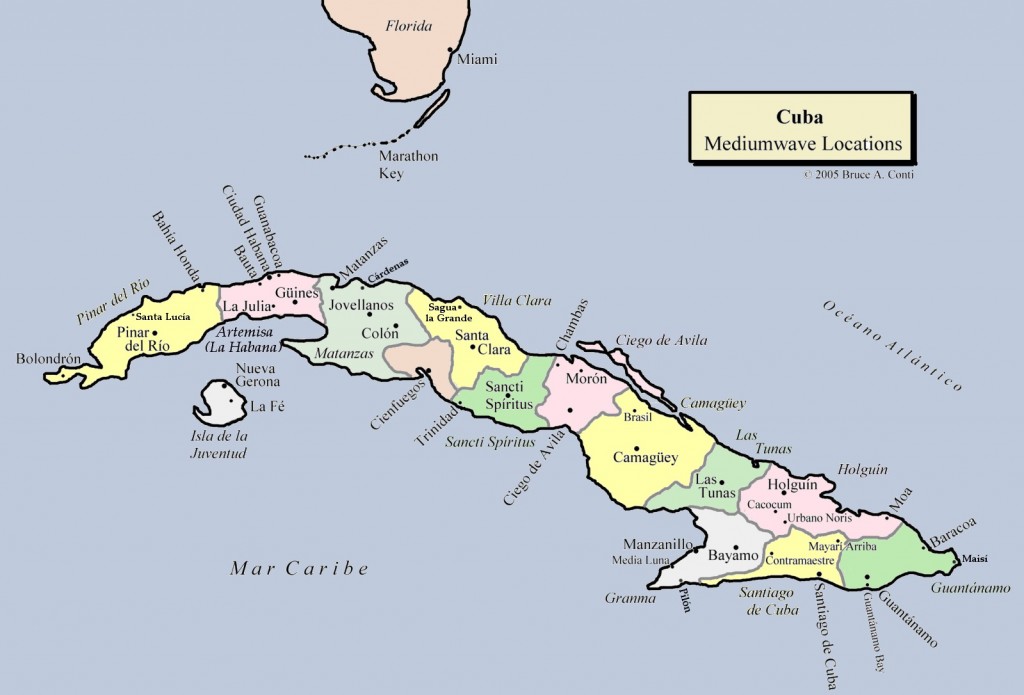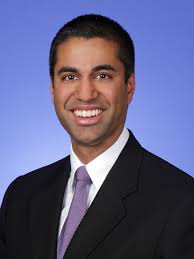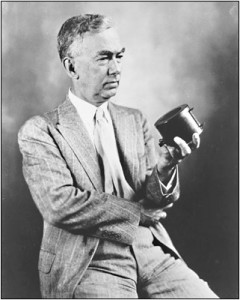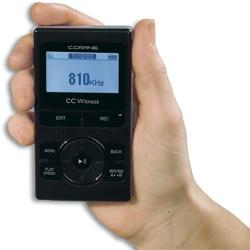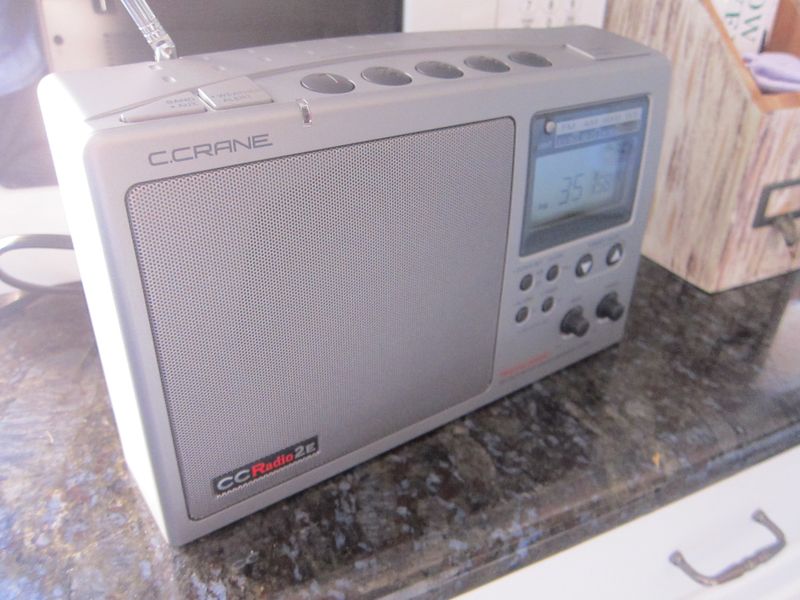 Searching for an AM/FM radio great audio? Check out Jeff’s first look at the CCRadio 2E.
Searching for an AM/FM radio great audio? Check out Jeff’s first look at the CCRadio 2E.
Tag Archives: Medium Wave
Bruce Conti’s map of Cuban mediumwave locations
Many thanks to David Goren for sharing a link to this excellent map of Cuba mediumwave locations. Check out the map along with Bruce Conti’s list of frequencies, transmitter data and more at his website: http://www.bamlog.com/cubalist.htm
FCC championing change that could “Bolster AM Radio”
It appears that FCC Commissioner, Ajit Pai, is pushing a plan to revitalize declining AM radio station and listener numbers in the US. Read some of the details below or the full article on the New York Times website.
Many thanks to David Goren for the tip!
(Source: NY Times)
The [The Federal Communications Commission] announced late Thursday that it would begin seeking public comment on numerous changes[.]
[…]Because of interference caused by consumer electronics, smartphones and the like, AM radio often seems to deliver mostly static. The AM audience has fallen to 15 percent of all radio listeners, down from 50 percent as recently as 1978. While the FM audience has fallen as well, it draws more than five times the audience of AM.
[Steps include] eliminating a regulation requiring stations to prove that any new equipment decreases interference with other stations — a requirement that is expensive, cumbersome and difficult to meet.
The F.C.C. has also proposed eliminating or loosening rules that govern nighttime transmissions by AM stations. Those regulations currently require many AM stations to reduce their power or cease operating at night to avoid interference with other stations.
[…]The current regulations make it difficult for AM stations to locate towers where they will not interfere with nearby stations at night. They also put conflicting requirements on stations, mandating that they still cover most of their broadcast territory even while operating at reduced power.
The proposed new rules, the commission said, aim at keeping more stations on the air at night.
[T]he F.C.C. said it was ready to make available to current FM stations what are known as FM translators — empty spots on the FM dial where AM stations can broadcast. Those are particularly valuable in urban areas, where tall buildings with steel frames or aluminum siding can block AM signals, degrading reception.
The rise and decline of AM radio in Pittsburgh
Many thanks to Jeff Brady who shared this article from the Pittsburgh Post-Gazette. While this article focuses on Pittsburgh’s AM radio scene, it’s certainly reflective of a common theme throughout the US and in other countries.
(Source: Pittsburgh Post-Gazette)
By Adrian McCoy and Maria Sciullo / Pittsburgh Post-Gazette
“Radio, as we know it, may have begun on a bet.
Frank Conrad, assistant chief engineer for Westinghouse in the early 20th century, wanted to see whether a new watch was keeping correct time. In 1912, he made a $5 wager with colleague Thomas Perkins. But how to verify his claim?
Tinkering with materials in his Wilkinsburg garage, Conrad created a small receiver capable of picking up time signals from the U.S. Naval Observatory in Arlington, Va.
He won his bet and went on to design bigger and better radios for Westinghouse. In turn, Westinghouse became a key player in turning the hobby of a few radio enthusiasts into an industry that changed the world.
Pittsburgh’s radio history is the history of modern radio.
For AM radio — and the radio industry in general — the hits just keep coming. Rapid technological changes, government legislation, aging demographics and a shifting media landscape have combined to erode AM’s once massive audience. Better clarity through FM, HD and satellite, and more diverse programming have resulted in AM leaning heavily on two formats: talk and sports.
Still, it all started here.” [Continue reading…]
For more information about Frank Conrad, check out this biography on Wikipedia. Read the full Gazette-Times article The Rise and Decline of AM Radio by clicking here.
Ajit Pai is trying to save AM radio “before it’s lost in the static”
 Many thanks to Andrea Borgnino for pointing out this article in today’s New York Times regarding one man’s quest to save AM radio from impending noise (QRM):
Many thanks to Andrea Borgnino for pointing out this article in today’s New York Times regarding one man’s quest to save AM radio from impending noise (QRM):
The digital age is killing AM radio, an American institution that brought the nation fireside chats, Casey Kasem’s Top 40 and scratchy broadcasts of the World Series. Long surpassed by FM and more recently cast aside by satellite radio and Pandora, AM is now under siege from a new threat: rising interference from smartphones and consumer electronics that reduce many AM stations to little more than static. Its audience has sunk to historical lows.
But at least one man in Washington is tuning in.
Ajit Pai, the lone Republican on the Federal Communications Commission, is on a personal if quixotic quest to save AM. After a little more than a year in the job, he is urging the F.C.C. to undertake an overhaul of AM radio, which he calls “the audible core of our national culture.” He sees AM — largely the realm of local news, sports, conservative talk and religious broadcasters — as vital in emergencies and in rural areas.
“AM radio is localism, it is community,” Mr. Pai, 40, said in an interview.”[…]
Continue reading the full article on the New York Times website.
C.Crane: CC Witness on sale, while supplies last
Though not a shortwave radio, the CC Witness is a very capable AM/FM radio with a built-in digital recorder. In fact, I know of no other portable with on-board digital recording that receives such stellar reviews. As a result, many medium-wave DXers use the CC Witness while traveling, to capture the sounds of the local radio scene on the go.
For ages, the CC Witness was priced well over $200 US. Right now, C.Crane is selling their stock of CC Witness radios for $99.95 US.
Clearly, this is an excellent bargain for anyone seeking a very small portable AM/FM radio with on-board digital recording. Note that the CC Witness will also do line-in recordings from other audio sources.
CNN reports on new Voice of Russia studios in DC
 Many long-time shortwave listeners may find it ironic that the likes of Voice of Russia now broadcasts from a studio in downtown Washington DC. I just read this news article posted on CNN about VOR’s new presence:
Many long-time shortwave listeners may find it ironic that the likes of Voice of Russia now broadcasts from a studio in downtown Washington DC. I just read this news article posted on CNN about VOR’s new presence:
Jordan Hostetter doesn’t know it, but he’s a target. He’s a young professional living in Washington, curious about international events and listens to the radio while driving to work — just the kind of person Voice of Russia radio is trying to reach.
Changing American hearts and minds about Russia has been Voice of Russia’s mission since it first went on the air in 1929, broadcasting from Moscow via short-wave radio. It still does use short wave but with the Internet, Facebook and Twitter, that seems like a blast from the past.
It goes on to mention how, long-time rival, Voice of America has gone totally digital. Not totally true, in fact, but VOA is putting a major effort into moving off of the shortwave bands. As we mentioned previously, in their shortwave sunset plans, the BBG plans to keep shortwave alive in parts of the world where free speech is suppressed and where shortwave is the only option. They will, most likely, rent broadcasting time from other providers and shut down VOA-run facilities.
What was notable in this CNN article was a tidbit about a VOA attempt to do what their Russian counterpart is doing:
VOA says it tried to get a license to […] broadcast on local Russian radio in Russian to Russians. But Elez Biberaj, VOA’s Eurasia division director, says it was prevented from affiliating with Russian radio and television stations “because of threats and because of the pressure that the government brings on license holders.”
So, I guess, VOA will take on this objective with a web presence?
No doubt, our international broadcasting field is changing. I believe we’ll see more broadcasters following VOR and CRI’s local vector. Perhaps, in fact, this is just what our AM band needs.

